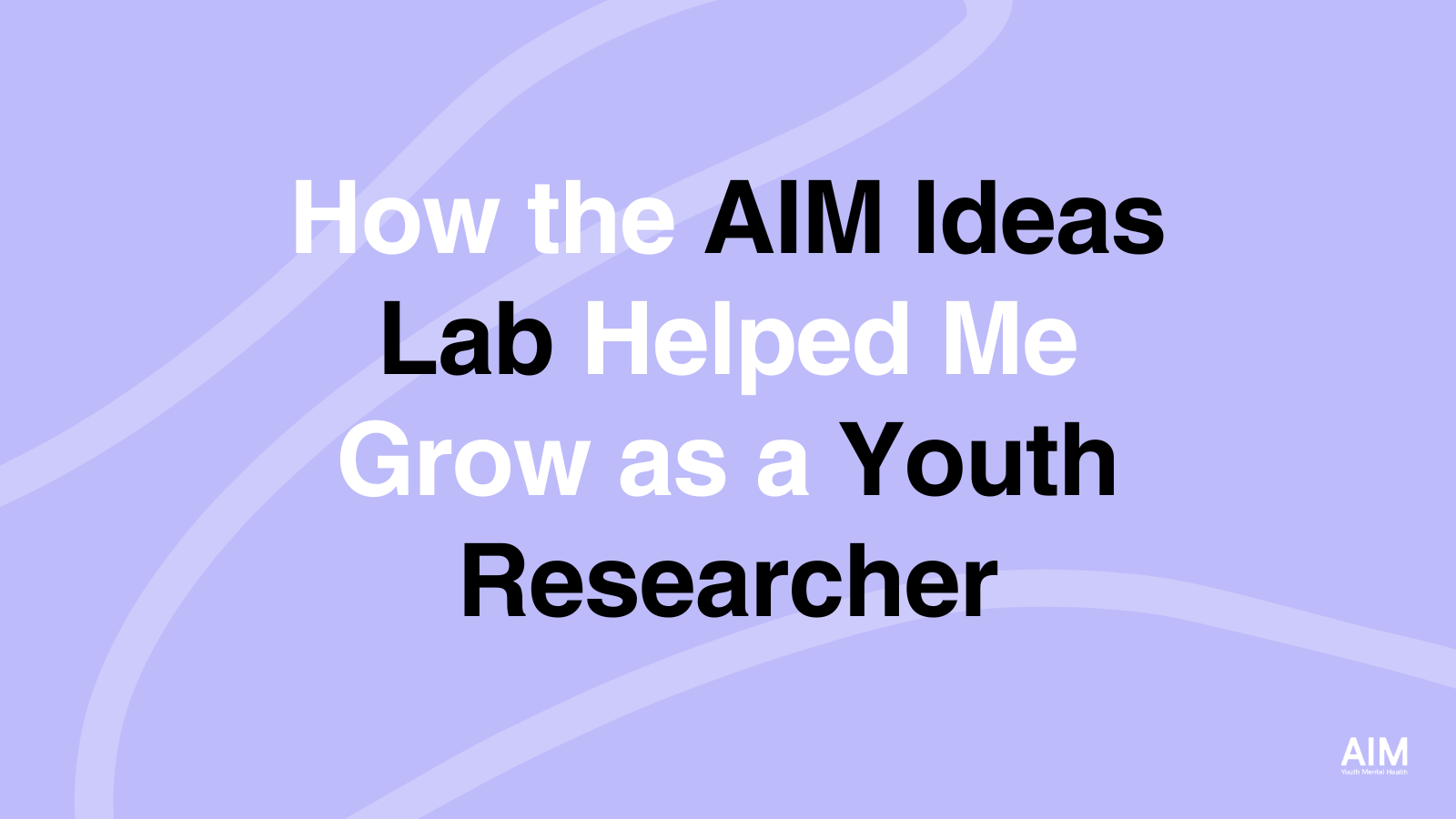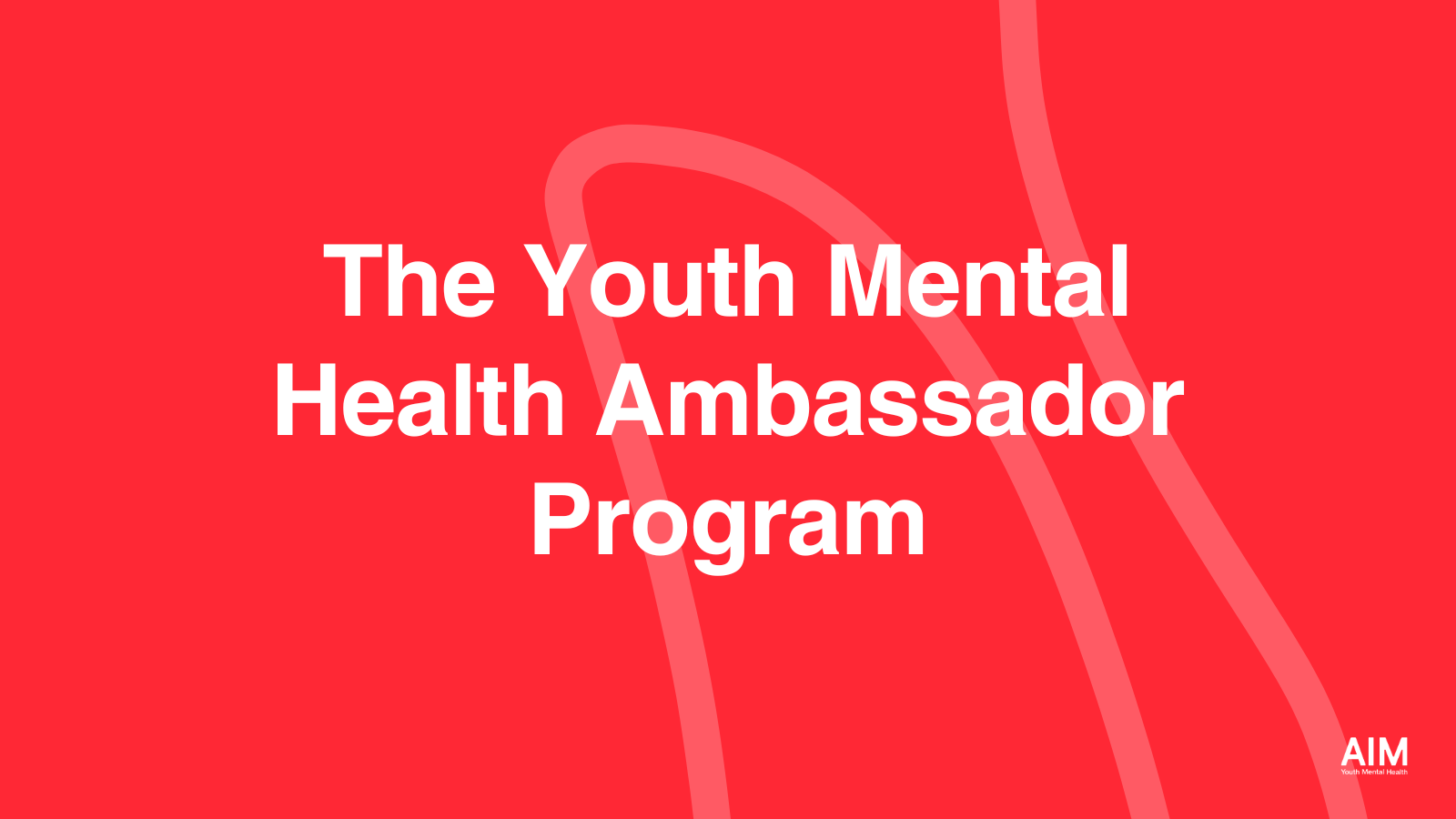Next time you find yourself anxious, stressed, unable to sleep or in any of the situations below, try the corresponding breathwork exercise and feel in your body the difference it can make!
By Meadowlark Monaghan, AIM Youth Advisory Board Member
“Breathwork has been around for longer than the word ‘wellness’” breathwork expert Millana Snow shared with us back in May at our Mind, Body, Soul panel at Dogpound LA. Breathwork is one of the quickest and most accessible ways to regulate your nervous system and shift your brain state. Dating back as far as 3000 B.C.E., breathwork practices have been seen in Chinese, Indian, Japanese, and Tibetan cultures. Today, it’s gained popularity in its ability to decrease stress, boost our mood and energy, foster self love, improve sleep, and more.
In fact, it teaches you to control your nervous system through intentional breathing. It can change our chemistry in real time by modulating the neurotransmitter norepinephrine (a major player in our “happiness” hormones). Although breath may seem like the one thing you don’t have to think about, by bringing intention to it, you can ease yourself in times of stress, anxiousness, tiredness, etc.
There are numerous types of breathwork to try, and each one has its own unique set of benefits. Generally, inhales speed up your heart rate and acts as the gas for your alert system. Exhales slow your heart rate and act as the brakes. By manipulating how much you adjust the gas and brakes, you can optimize your brain state based on what you are doing. Some practices increase your energy and alertness, others are balancing, creating a sense of calm.
At AIM, we believe that equipping our youth with research-backed self regulating tools will allow for a more empowered generation of mentally healthy youth. Breath is one way we can all practice coping.
Next time you find yourself in one of these situations, try the corresponding breathwork exercise and feel in your body the difference it can make!
Feeling anxious: Humming breath
Inhale through your nose for a count of 5, with your mouth closed, hum as if you’re saying “hmmm” until you are out of breath. Repeat 5-7x.
First day of school nerves: 4 – 2 – 6
Inhale for 4, hold for 2, exhale for 6, repeat.
Before a presentation: Box breathing
Inhale for 4, hold for 4, exhale for 4, hold the exhale for 4, repeat.
After an argument: Open mouth exhales
Inhale through your nose, open mouth exhales.
When you can’t sleep: 4 – 7 – 8
Inhale for 4, hold for 7, exhale for 8, repeat.
Stressed out: Physiological sigh
Double inhale (breathe in through your nose, then take in a bit more air at the top), long exhale. Repeat 3-5x to feel the relief.
If you want to begin practicing in a guided practice, check out our Meditation & The Science of Breathwork Panel from May’s Mind, Body, Soul event and stay tuned for a guided breathwork session led by Millana Snow herself!
______________________
About the Author
Meadowlark Monaghan (she/hers) is a consultant using her knowledge gained as a mental health professional to act as a liaison between brands, creators, + online communities with the field of psychology and mental health. She also co-hosts the personal development podcast, Thoughts May Vary. Her work has been seen with Madhappy, Local Optimist, The Mayfair Group, Lonely Ghost, AIM Youth Mental Health, NAMI San Diego and more.





